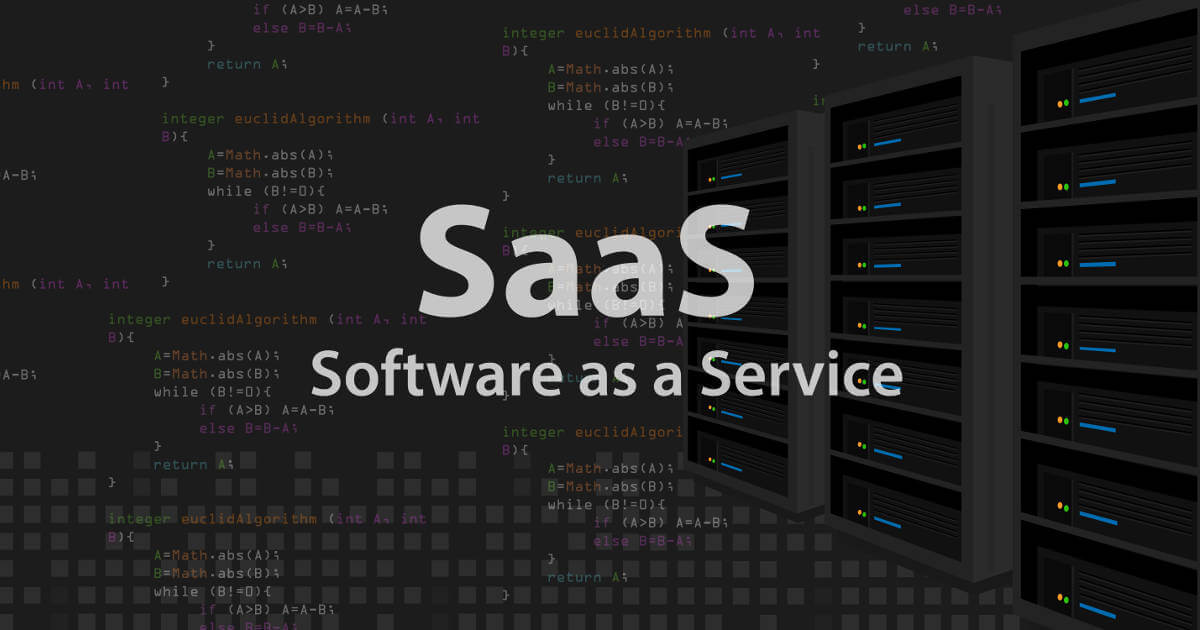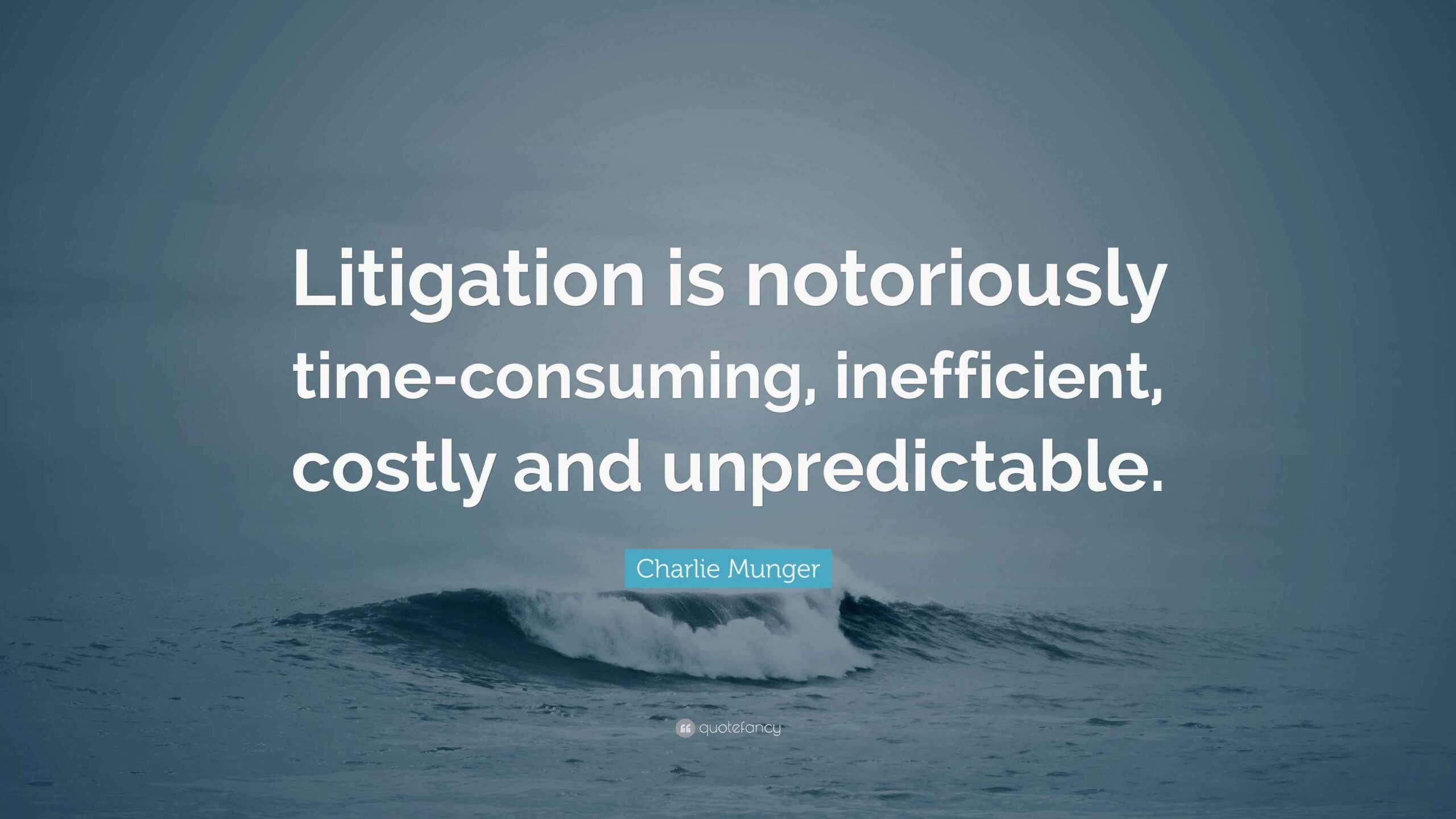And now for the conclusion of SaaS agreements….
8. Warranties. Software providers try to disclaim every possible warranty in their agreements. When they are willing to provide any warranty, it is likely because there are multiple redundancies in the software that enable to the software to function under most every circumstance. That being said, customers will be required to install all updates, not change alter the code in any way, use the software in the manner set forth in the statement of work (SOW) or agreement, and accept base-level solutions that are not customized. Therefore, customers must determine whether the warranties and remedies actually have any value. Because there is a strong possibility a third party will need to be hired to perform a significant amount of work to remedy the problem, it is imperative that customers fight to have the warranties cover the cost of any reasonable remedy.
9. Indemnification for Data and Other Breaches. Much like when analyzing insurance considerations, each party must assume a data or other breach will occur although the cause may not be foreseeable at the time of contracting. Thus, each party will want to have indemnification rights. Software providers will want to be indemnified if data provided by the customer causes a breach. Customers will want to be indemnified for everything for every reason. This push and pull arises when negotiating two particular issues: (A) which party will pay for notices to be sent to end customers or users, government entities, and other recipients of notices, and (B) what are the time limits to notify all notice recipients. Although the federal government and many states have enacted a variety of notice requirements, any gaps will need to be negotiated.
10. Liability Limitations. This is another situation where both parties have the same concern: avoiding financial ruin. In most situations, software companies will want their potential liability to be capped at either (A) the amount of the contract if it would have been fully performed or (B) the amount actually paid by the customer prior to the breach. (Customers can seek higher or no limits in larger software agreements.) Customers must determine whether potential recovery under either of these limits will cover the reasonably anticipated losses. Customers must also assume they will not be able to recover “indirect or consequential damages”, which typically turns into an unsuccessful attempt by customers to have the opportunity to recover lost profits.
11. Post-access Transition. This issue is often the least contentious. Attorneys for both parties understand these are technical and practical issues their clients understand without any legal counsel. The core issues are (A) data readability, (B) customer protection against software provider bankruptcy, and (C) financial responsibility for data transition and retention. Before executing a SaaS agreement, customers should require their IT teams to have a plan or general understanding of what to do upon expiration or termination of the agreement.
Although these eleven points are not close to being exhaustive, they should provide ample food for thought when SaaS agreements are drafted and negotiated.
David Seidman is the principal and founder of Seidman Law Group, LLC. He serves as outside general counsel for companies, which requires him to consider a diverse range of corporate, dispute resolution and avoidance, contract drafting and negotiation, and other issues. He can be reached at david@seidmanlawgroup.com or 312-399-7390.
This blog post is not legal advice. Please consult an experienced attorney to assist with your legal issues.














